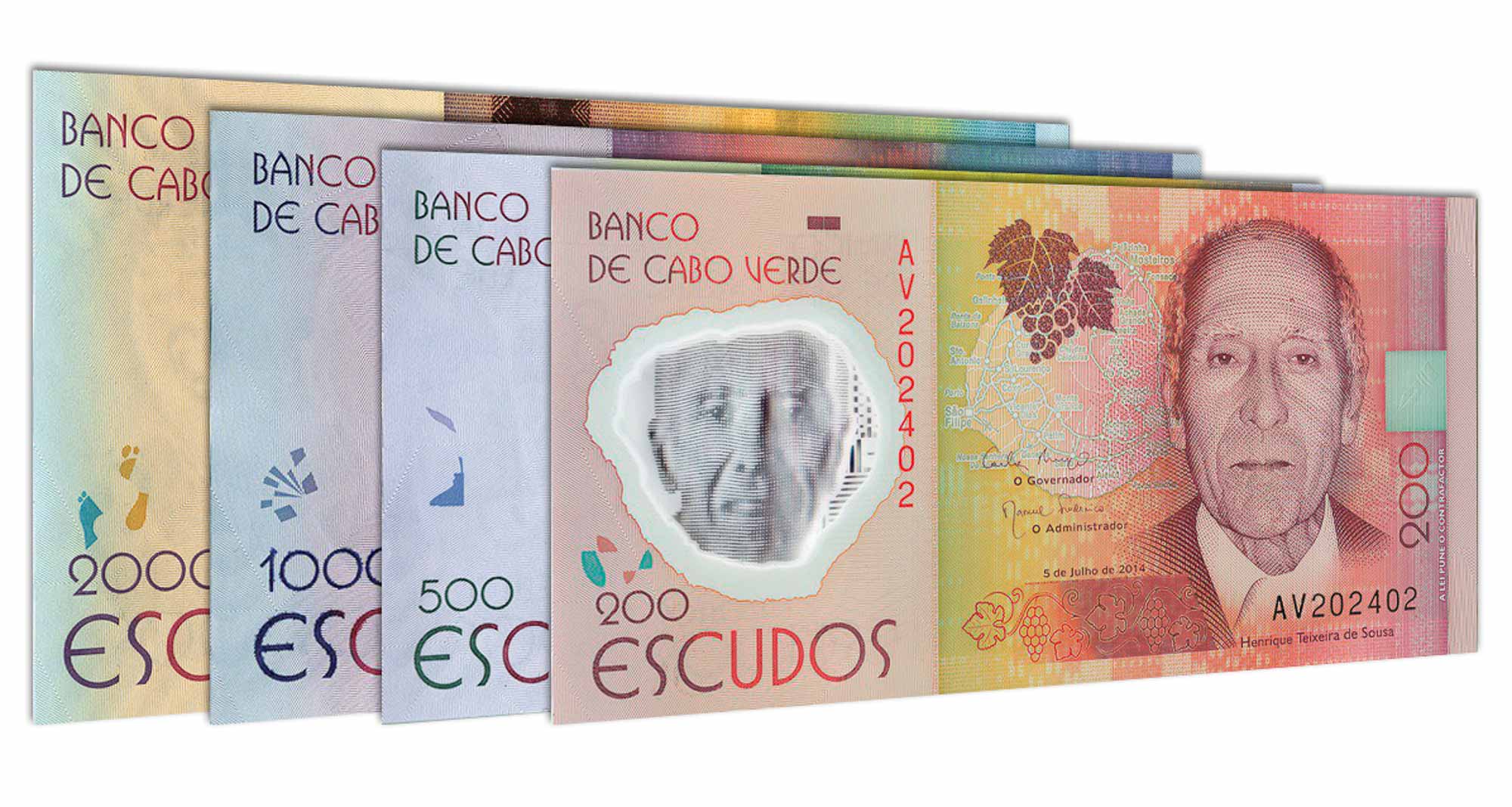Cabo Verde’s Peg Delivers Credibility
Cabo Verde’s 2.1% CPI and euro peg discipline keep EURUSD=X-implied FX risk low while benign oil dynamics via BZ=F support the external balance; debt trends toward ~105% of GDP as consolidation and standards-led exports compress risk premia.

Cabo Verde’s September inflation of 2.1% confirms a durable return to price stability and affirms the credibility of its hard peg to the euro at 110.265 CVE per EUR. The nominal anchor compresses exchange-rate uncertainty and curbs second-round effects from imported fuel and food, enabling a cleaner real-income path than in most small, import-dependent economies. After the 2022 shock, the policy pivot has been toward rules-based discipline: monetary policy constrained by the peg, fiscal consolidation sequenced to protect growth, and structural reforms that lower non-tariff barriers to trade. The result is a macro mix that institutional investors can price with lower risk premia than regional comparators.
Growth and balance-sheet dynamics support the signal. Real GDP expanded by 7.3% in 2024 on tourism and services normalization and is projected at roughly 5.9% in 2025 as activity moderates toward potential. The debt ratio is on a downward glide path toward about 105% of GDP by end-2025 as primary balances improve and nominal GDP rises. Inflation’s downshift reduces the probability of procyclical real-rate spikes that would choke credit, allowing duration to extend without crowding out private lending. With the current account deficit projected near 4.5% of GDP in 2025, the external position remains financeable through concessional flows, remittances, and steady FDI linked to hospitality and renewables.
The marking of World Standardization Day is economically material rather than ceremonial. Alignment with EU/ISO norms lowers rejection rates, reduces quality risk premia, and shortens cash-conversion cycles for exporters in processed fisheries, niche agro-products, and digitally delivered services. The mechanism is direct: predictable standards reduce variance in output quality, which compresses working-capital buffers, tightens supplier pricing bands, and allows banks to underwrite export receivables on confirmed grades rather than probabilistic distributions. In a microeconomy where imported intermediates dominate and logistics costs amplify pass-through, this quality discipline meaningfully improves competitiveness without resorting to exchange-rate adjustment.
Transmission runs through three investable channels. First, anchored prices and standards alignment stabilize the real effective exchange rate, limiting competitiveness erosion under a fixed nominal rate even when EURUSD=X swings. Second, lower inflation uncertainty compresses sovereign and bank funding spreads, improving the term structure for domestic issuance and supporting a gentler path to interest costs within the fiscal envelope. Third, tradables quality upgrades lift the elasticity of exports to external demand, improving shock absorption when Brent prices (BZ=F) or European growth dynamics shift. The policy architecture therefore links nominal stability to tradables productivity, not just to headline optics.
Risks remain concentrated but quantifiable. A sharper-than-expected tightening in euro-area financial conditions would translate into higher local refinancing costs and a tighter domestic credit stance given the currency-board constraint. Climate shocks could raise reconstruction outlays and widen the deficit if events cluster, while slow execution on state-owned enterprise reform could reintroduce contingent liabilities. None of these are new to investors, but they argue for preserving reserve adequacy, prioritizing concessional and climate-linked financing, and sequencing capital projects to avoid bunching of external payments.
The economic signal behind the latest data is a transition from reactive stabilization to credibility-driven upgrading. For allocators, the verification set over the next 12–18 months is explicit and measurable: headline inflation contained in a 2–3% corridor; the debt ratio edging to ~105% of GDP with a small primary surplus; the current account deficit holding near 4–5% of GDP despite tourism base effects; stable peg conditions implied by a narrow CVE-EUR spread and low FX volatility via EURUSD=X; and gradual duration extension in local funding without crowding out private credit.
If these markers print as expected, Cabo Verde will enter 2026 with a rare combination in small African economies—nominal discipline translating into structural competitiveness rather than austerity fatigue.





